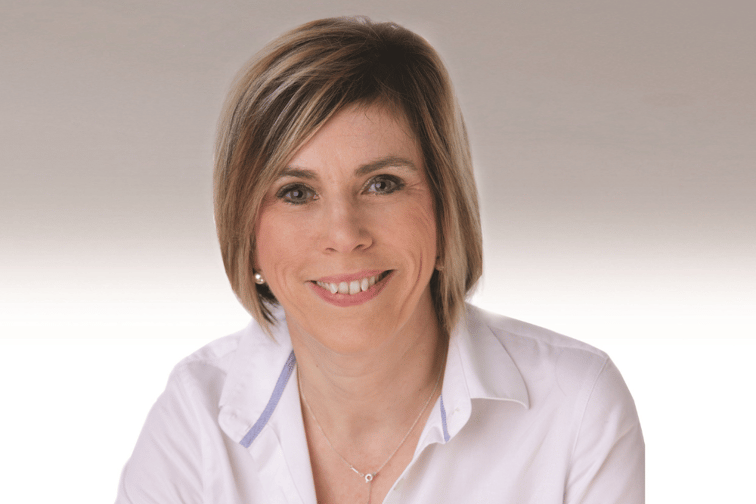

From the moment Helena Evans (pictured), head of specialist services at Criterion Adjusters, joined the loss adjusting sector in 1991 she had little choice but to stand out from the crowd by dint of her young age and her gender alike.
Since those early days, Evans has enjoyed a distinguished career path marked by her tenure as president of the Chartered Institute of Loss Adjusters (CILA) (making her only the second woman in its 60-year history to hold the role) and her election to the board of the CII’s Society of Claims Professionals (SoCP) in 2022. Looking back to where it all began, she emphasised the changes that she has seen sweep the sector – not least in relation to gender diversity.
“It’s improved since I started and here are more female adjusters in the market,” she said. “I think it’s all about attracting women into the business because traditionally this has perhaps been a profession that women didn’t think they could do. Something I’m really passionate about trying to promote is the skillset that you need to be an adjuster, to try and attract new talent, and female talent in particular.
“Because it’s not just about the technical skills required, it’s also about those ‘soft skills’. You can teach people technical skills but it’s about making people realise that one of the biggest parts of this profession is helping people and dealing with people as one of the first on the scene [of an incident]. We’ve got to make people more aware of that side of loss adjusting.”
Evans highlighted CILA’s ‘The 5,000 Voices’ initiative which is asking members to go out to schools and colleges to promote loss adjusting as a profession and to raise awareness around the role of the loss adjuster. A lot of young people simply aren’t even aware of this as a career path, she said. And when they have somebody come in to talk to them about the opportunities available who doesn’t look or sound like they imagined, that can make all the difference in diversifying the loss adjusting talent pool.
The diversity of the market isn’t the only thing that’s changed, Evans said, and she pinpointed the increasing role that technology is playing in the lives of those adjusters handling smaller, more straightforward claims. However, in the specialist space, whether that’s around major losses, complex cases or vulnerable customers, the power of the on-site loss adjuster has retained its strength.
And while she expects to see a more flexible approach to how claims are handled using technology going forward, that recognition of the importance of the human touch is a constant.
“That something as in my year as president of CILA, I was banging the drum about – the human touch,” she said. “I think that’s still a really important thing for the claims service. People like to feel like they’ve been dealing with the same person. There’s a lot of emotion in dealing with claims because you’re meeting people when they’ve had a disaster. And you can’t beat seeing someone face to face for working out how you need to deal with them.”
Evans noted that the ability to be there for people in their hour of need comes back to the value of soft or non-technical skills. Key among those is the ability to listen to people and understand what’s important to them. If you spend a lot of time on the first visit finding out what makes someone tick and offering them your time and understanding, she said, it helps to build a solid relationship based on trust.
“I think that goes such a long way to dealing with their claim,” she said. “It’s my peers that have those soft skills with people that seem to get the best results in terms of the customer journey. And obviously, technical skills are important too. But you can have one particular claim that’s the same circumstances and the same policy cover - and it’s the person that you’re dealing with that can make that whole experience completely different to another claim with exactly the same circumstances.”
Addressing the future of the profession as somebody who has served it her entire working life, Evans highlighted that it will have to continually adapt and change, as no profession can afford to rest on its laurels. But by its very nature, loss adjusting is all about adapting to changing circumstances, she said, and as highlighted by the response of adjusters to the pandemic, it is very adept at doing so.
That being said, Evans does believe the pandemic accentuated the need for the human touch, with some clients swiftly requesting a return to more traditional interactions.
“So, as much as technology will have its place, I still think that the human side of adjusting is important,” she said. “And CILA had its 60th-anniversary celebration in September, where we had BIBA’s Steve White speaking at that event – because we work quite closely with BIBA and we do like to work alongside brokers in general – he was very complimentary about the work that adjusters do for their clients, so it was great to see that recognition of how we work and we protect our clients.”
What are your thoughts on the future of loss adjusting? Please feel free to share your comments below.
